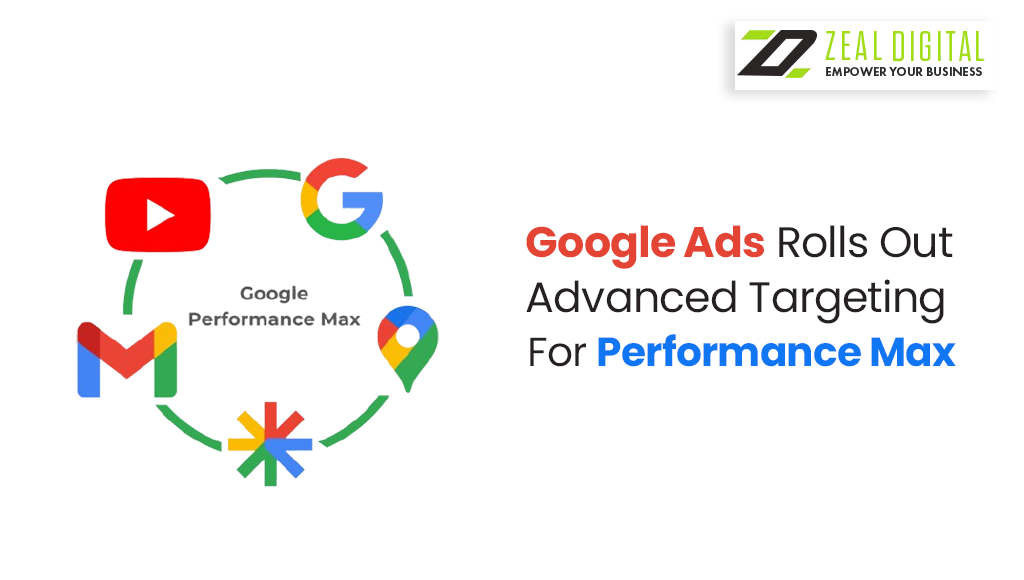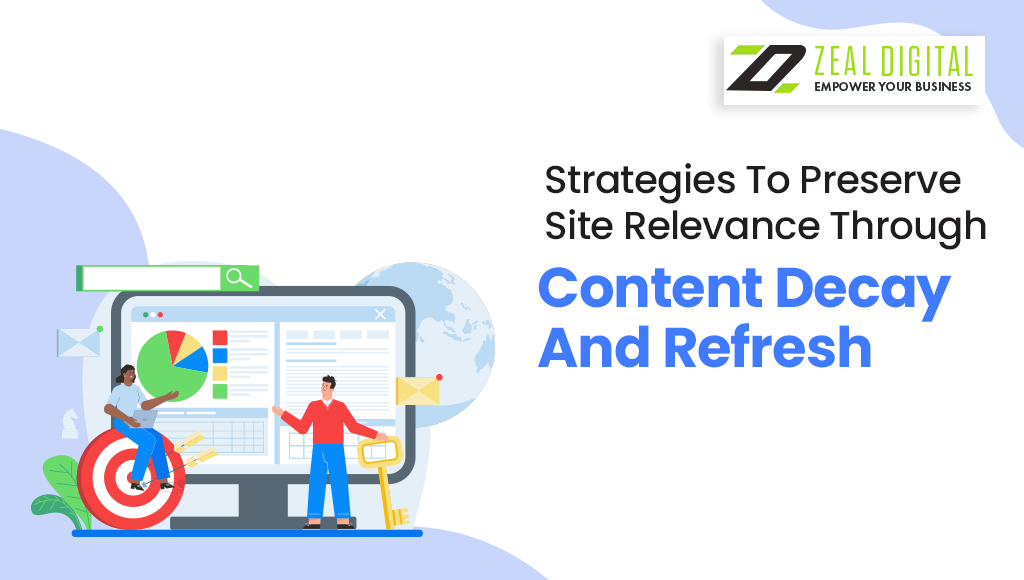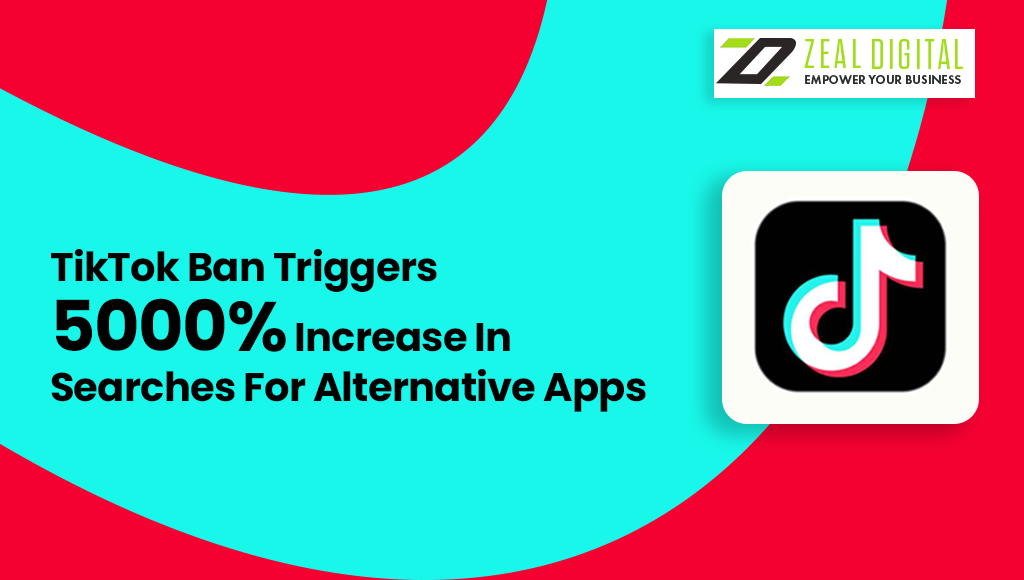The landscape of digital advertising is changing rapidly, and businesses must keep up with emerging trends to stay ahead of the competition. Google Ads’ Performance Max campaigns have already revolutionised paid advertising with AI-driven automation and omnichannel reach. Now, with the introduction of Advanced Targeting, advertisers have even greater control over their campaigns. This update is a game-changer for businesses looking to refine their audience targeting and optimise ad spend for maximum ROI.
For any PPC agency in Sydney, these enhancements offer exciting opportunities to fine-tune strategies, improve audience reach, and achieve better conversion rates. Whether you’re a business owner looking to scale your online presence or a digital marketing expert seeking more precise targeting options, understanding these updates will be crucial to maximising your advertising success.
What Is Google Ads’ Performance Max?
Performance Max (PMax) is an AI-driven campaign type designed to help advertisers reach their goals across all of Google’s advertising platforms, including Search, Display, YouTube, Discover, Gmail, and Maps. Unlike traditional campaigns that require manual audience targeting and placement adjustments, PMax leverages machine learning to optimise ad performance based on real-time data.
Key Features of Performance Max:
- AI-Driven Optimisation: Uses automation to adjust bids, placements, and creatives in real time.
- Omnichannel Reach: Allows ads to appear across multiple Google-owned platforms.
- Goal-Based Bidding: Optimises campaigns based on predefined conversion goals.
- Dynamic Ad Creatives: Generates and tests multiple ad variations to determine the best-performing combinations.
With these features, Performance Max ensures that advertisers can maximise their reach while automating much of the campaign management process.
What’s New with Advanced Targeting in Performance Max?
The recent Advanced Targeting update introduces several new controls and refinements, enabling advertisers to be more strategic in how they define their audience. The biggest complaint about PMax in the past was its lack of granular audience control. Now, Google has addressed this by allowing advertisers to guide automation with better audience signals.
Key Enhancements of Advanced Targeting:
- Enhanced Audience Signals – Advertisers can now input more specific data to help Google’s AI refine audience selection.
- First-Party Data Integration – Businesses can use their own customer data to improve targeting accuracy.
- Custom Intent & Affinity Segments – Allows advertisers to build highly-personalised audience groups.
- Refined Location Targeting – Improved geographic targeting for more precise ad delivery.
- Improved Insights & Reporting – Provides detailed breakdowns of audience performance metrics.
This update significantly improves the level of control advertisers have over their Performance Max campaigns, making it more competitive with traditional PPC strategies.
Why Is This Update Important for Businesses in Sydney?
For businesses in Sydney, particularly those relying on a PPC agency in Sydney, these new targeting options provide a competitive edge in an increasingly-crowded digital advertising landscape. Here’s why:
- More Precise Local Targeting – Businesses can now ensure that ads are shown to the most relevant local audiences.
- Improved ROI – By refining audience targeting, businesses can reduce wasted ad spend and improve conversions.
- Better Personalisation – Sydney-based businesses can now craft more relevant ad experiences based on user intent and behavior.
- Higher Engagement Rates – Ads tailored to specific audiences tend to receive higher engagement, boosting overall campaign performance.
For a PPC agency in Sydney, this means they can now create hyper-localised campaigns with improved audience segmentation, leading to better ad performance for their clients.
How to Leverage Advanced Targeting for Your PPC Campaigns
With these new enhancements, businesses and digital marketers need to adopt best practices to make the most of Google’s Performance Max campaigns. Here’s how:
1. Utilise Enhanced Audience Signals
- Define your ideal customer personas and provide Google with detailed audience insights.
- Use demographic and interest-based data to refine your audience selection.
- Test different audience signals to see which combinations yield the best results.
2. Integrate First-Party Data
- Import CRM data, email lists, and past website visitor data to improve targeting accuracy.
- Use Google’s Customer Match feature to target specific audience segments.
- Leverage retargeting strategies to bring back potential customers who showed interest.
3. Optimise for Location-Based Targeting
- Focus on geo-targeting to ensure ads are served to the right audience in Sydney.
- Use radius targeting to reach customers near your business location.
- Adjust bids based on location-specific performance data.
4. Experiment with Custom Intent & Affinity Audiences
- Build custom audience segments based on user behaviour, search intent, and browsing history.
- Test different audience groupings to identify the highest-converting segments.
- Continuously refine audience signals based on real-time performance data.
5. Monitor and Analyse Performance Regularly
- Use Google Ads’ new insights and reporting tools to track audience performance.
- Identify trends and adjust strategies accordingly.
- Implement A/B testing to see which ads resonate best with different audience segments.
Understanding Audience Segmentation with a Pie Chart
Below is a pie chart representation of how advertisers can segment their target audiences using the new Advanced Targeting features in Performance Max.
Audience Segmentation Breakdown
- 30% First-Party Data – Using customer email lists, past purchase data, and CRM insights.
- 25% Custom Intent & Affinity – Targeting audiences based on search history and interests.
- 20% Demographics & Behaviour – Age, gender, income levels, and browsing habits.
- 15% Geo-Targeting & Local Adjustments – Optimising campaigns for Sydney-based users.
- 10% Automated AI Targeting – Google’s machine learning suggestions based on user activity.
This segmentation strategy allows advertisers to maximise ad performance while minimising wasted ad spend.
Final Thoughts
With Google Ads’ Advanced Targeting for Performance Max, businesses now have greater control over their advertising efforts. By leveraging enhanced audience signals, first-party data, and refined geo-targeting, advertisers can improve the precision of their campaigns and maximise their return on investment.
For companies seeking to maximise PPC performance in Sydney, working with a reputable PPC agency in Sydney that understands these updates is essential to staying ahead of the competition. By implementing these strategies, businesses can ensure their ads are reaching the right audience at the right time, leading to better engagement, higher conversions, and increased revenue.
Frequently Asked Questions (FAQs)
2. What is the benefit of integrating first-party data into PPC campaigns?
Using first-party data helps improve targeting accuracy, reduce ad spend wastage, and increase conversions by focusing on users already familiar with your brand.
3. How can businesses in Sydney take advantage of these updates?
Sydney businesses can use geo-targeting, location-based bid adjustments, and local audience signals to improve the relevance of their ads and drive more local traffic.
4. Is Performance Max suitable for small businesses?
Yes, small businesses can benefit from Performance Max by automating ad placements and optimising campaigns without needing extensive PPC expertise.
5. Should I hire a PPC agency in Sydney to manage my Performance Max campaigns?
Hiring a PPC agency in Sydney such as Zeal Digital can be beneficial as experts can fine-tune audience targeting, optimise ad performance, and ensure maximum ROI.





